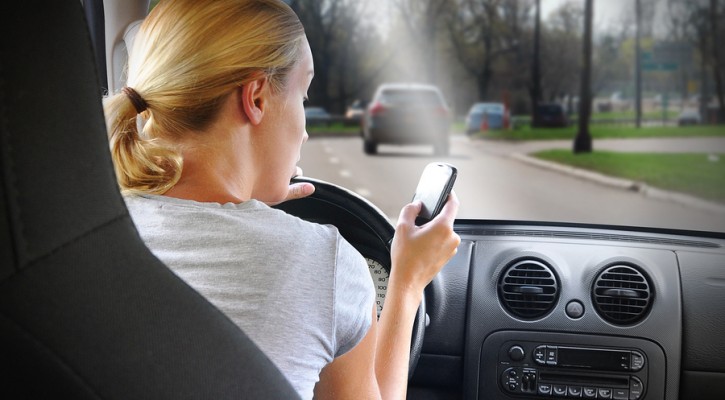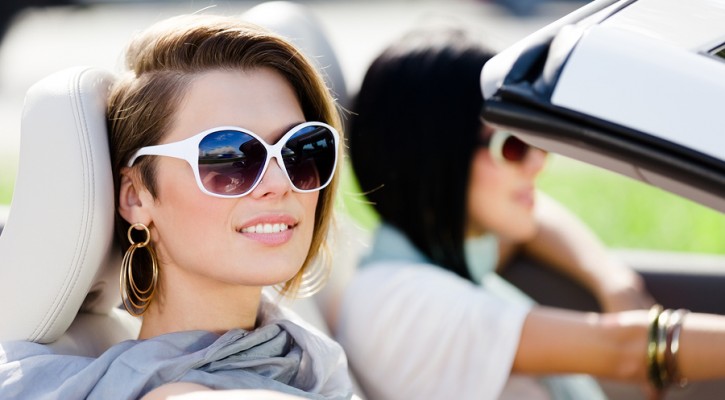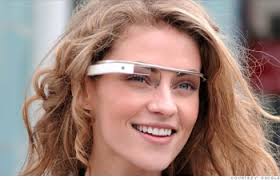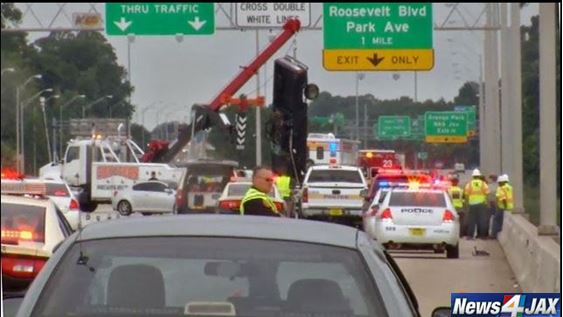Category Archive: Distracted Driving

Aware Of The Dangers, Drivers Text Anyway
November 5, 2014
Even though they say they are aware of the dangers, most drivers still continue to use their cell phones and text while driving according to a new survey from AT&T.
As part of a campaign against texting and driving, AT&T surveyed 1,004 US adults about their driving and texting habits. The survey showed that, while 98 percent said they were aware of the dangers;
- Seventy-five percent admit to texting while driving.
- Two-thirds have read text messages while waiting at a traffic light.
- Twenty-five percent have sent text messages while driving.
- More than one-quarter believe they are capable of safely doing several things at once while driving.
Read more: Survey finds people text and drive knowing dangers

Passengers Can Be More Helpful Than Distracting
October 17, 2014
As a driving school instructor, while discussing driver distractions, I’ve often been asked “What’s the difference between talking on a cell phone and talking with a passenger?” My answer has always been that the person on the cell phone can’t say “Watch out for that car up ahead!” Also, unlike the person on the other end of the cell phone, the passenger can stop talking when he or she recognizes that the driver is facing a difficult driving situation. Now the scientific evidence is in proving that my answer was correct.
Researchers at the University of Illinois observed drivers while negotiating through different driving situations such as merging and encountering unpredictable drivers on a simulated course.
They observed the drivers under four different scenarios:
- Driver alone,
- Driver speaking to a passenger,
- Driver speaking to someone on a hands-free mobile device,
- Driver speaking to someone who could see the driver and observe the driving scene via hands-free videophone.
The research showed that (no surprise) driving alone was safest because it allowed the driver to operate without any distractions. However, when driving with passengers who could observe the driving environment, especially one who had driving experience of their own, they found the passengers could be quite helpful. Just as in my answer to my students, they found that the passenger could help in navigating, moderate their conversation when driving was difficult, and warn of hazards ahead.
Again, no surprises here, they found that drivers talking on a cell phone were more likely to be involved in a crash.
The big surprise to the researchers was the results of drivers talking to someone outside the car on a video relay where the other person could see both the driver and the driving scene. In those situations, the outside person acted similarly to passengers inside the car as far as picking up on the driving hazards ahead and moderating their conversation.
Read more:Travelling with a passenger makes you a SAFER driver – but only if they are aware of road conditions

Google Glass No Safer Than Smart Phones While Driving
October 9, 2014
We have written about the dangers of Google Glass before but our warning was basically just pure speculation based on years of experience in driving safety and distracted driving issues. Now the research data is in! Researchers from the University of Central Florida and the Air Force Research Laboratory conducted a study on the use of Google Glass while driving and the results aren’t at all surprising.
The researchers set up an experiment with 40 test subjects in their 20s and tested their ability to drive on a simulated driving course. The subjects were tested with both Google Glass and a smartphone. The results showed that Google Glass is no safer to use than a smartphone when it comes to avoiding a collision.
This study comes on the heels of another study released last week that shows that voice activated hands-free mobile devices such as Apple’s Siri are no safer than a hand-held cell phone while driving and, in fact, can be even more distracting.
Several states have passed laws banning the use of Google Glass while driving and more are considering it. Earlier this year a California driver successfully fought a ticket she was issued for using Google Glass while driving because there was, at that time, no law against it.
Read more: Drivers, Don’t Trade in Your Smartphone for Google Glass … Yet

Drowsy While Driving? Take A Coffee Nap
September 5, 2014
In past articles on drowsy driving, we’ve advised taking a coffee nap although, to be truthful, we didn’t know, at the time, that they were called coffee naps. Just exactly what is a coffee nap? It’s drinking a cup of coffee (or other caffeinated beverage) and then taking a short nap before the effects of the caffeine kick in. Now, scientists have done the research and found that a coffee nap is better than just drinking coffee or just taking a nap alone.
In comparison studies, the data shows that those who took a coffee nap performed better on memory tests and driving simulators than those who just took naps or just drank coffee alone. They were also able to remain alert for longer periods. Just to make sure it wasn’t just a mind thing, some subjects were given a decaf coffee “placebo” and those “control subjects” failed to perform as well on tests as those who drank the full strength coffee.
To understand the science behind this and to learn how to take the best kind of coffee nap, read more: Scientists agree: Coffee naps are better than coffee or naps alone

Rubbernecking Leads To Highway Death
July 17, 2014
A horrendous crash in Jacksonville Florida this week points out the dangers of “rubbernecking” by drivers who aren’t watching the road and maintaining a safe distance from the vehicle ahead.
The Buckman bridge in Jacksonville is a three mile long span crossing the St. Johns River. The bridge is actually made up of two separate, four lane spans, about 30 to 40 feet apart from each other. Yesterday, in morning rush hour traffic, a traffic collision involving a semi occurred on the southbound span. Rubberneckers on the northbound span slowed to look and that is when the real trouble began.
According to a spokesman from the Florida Highway Patrol, as traffic on the northbound span slowed, the driver of a Toyota scion swerved into the next lane to avoid hitting the vehicle ahead. As he did so, the front of his vehicle clipped the rear of a pickup truck sending them both into a spin. The force of the pickup truck’s spin was so great that it flipped over the side railing of the bridge and crashed into the river. After a search of several hours by police, fire, and Fish and Wildlife boats along with helicopters from the Navy and Coast Guard, police divers finally found the driver’s body in about twelve feet of water.
Rubberneckers slowing to look at a crash on the road increase the chance of a secondary collision because people are looking at the crash and not at the road ahead. We all have a natural curiosity but incidents like this are when it’s most important to watch the road ahead and look for secondary hazards. This is also why it’s so dangerous for police and fire rescue workers who work the scene of a crash and why obeying the Move Over Law is so important. Read more: Police divers find body in river after crash
